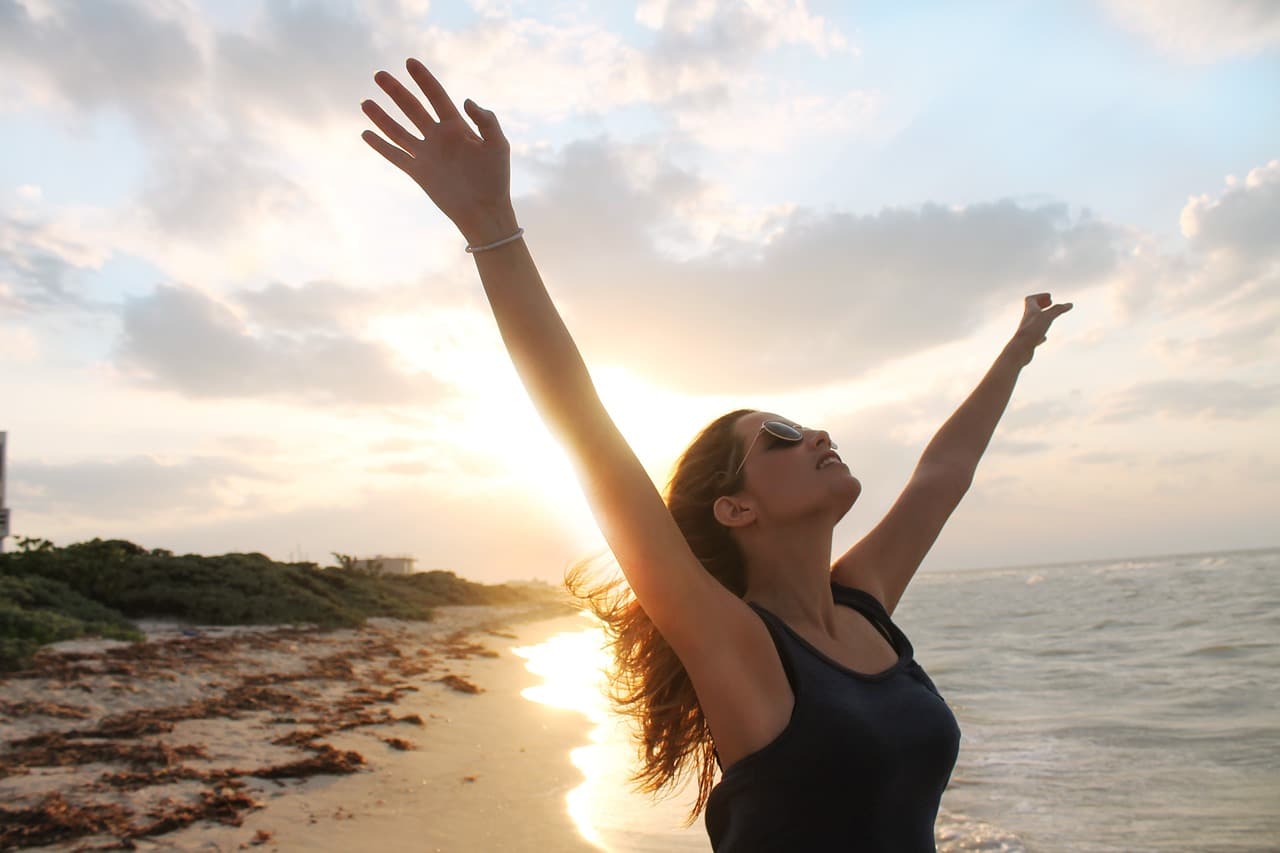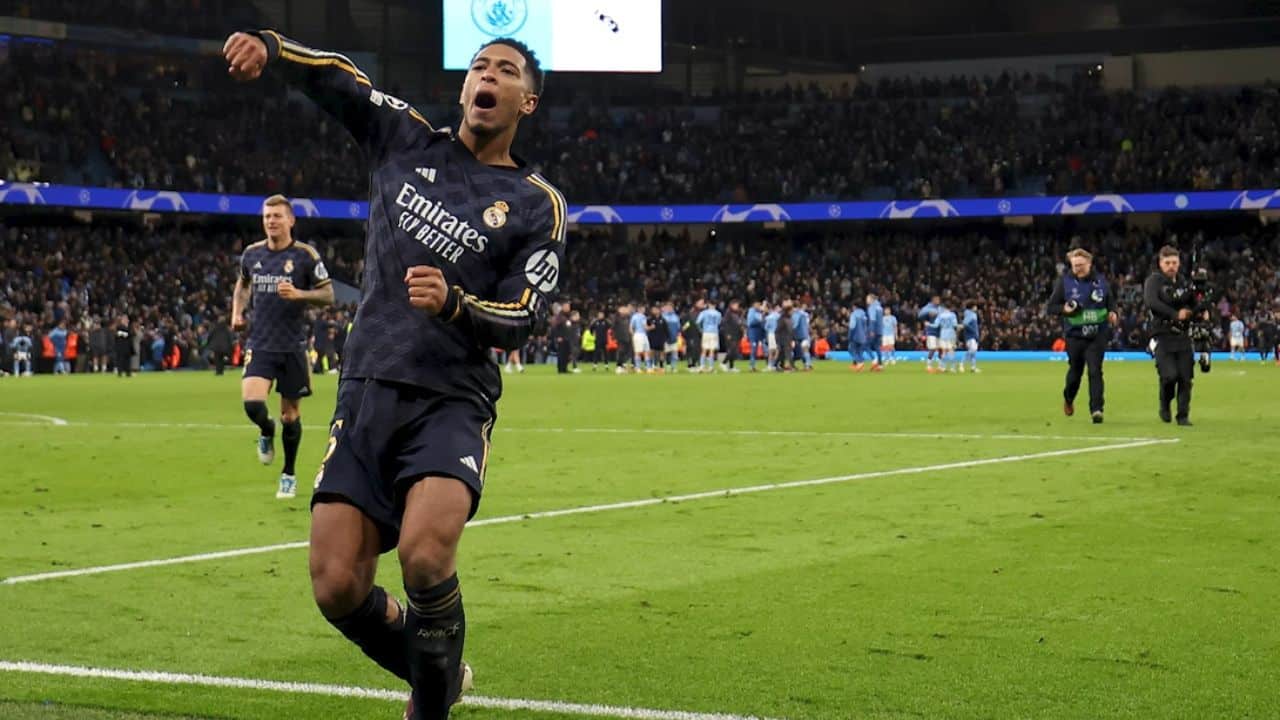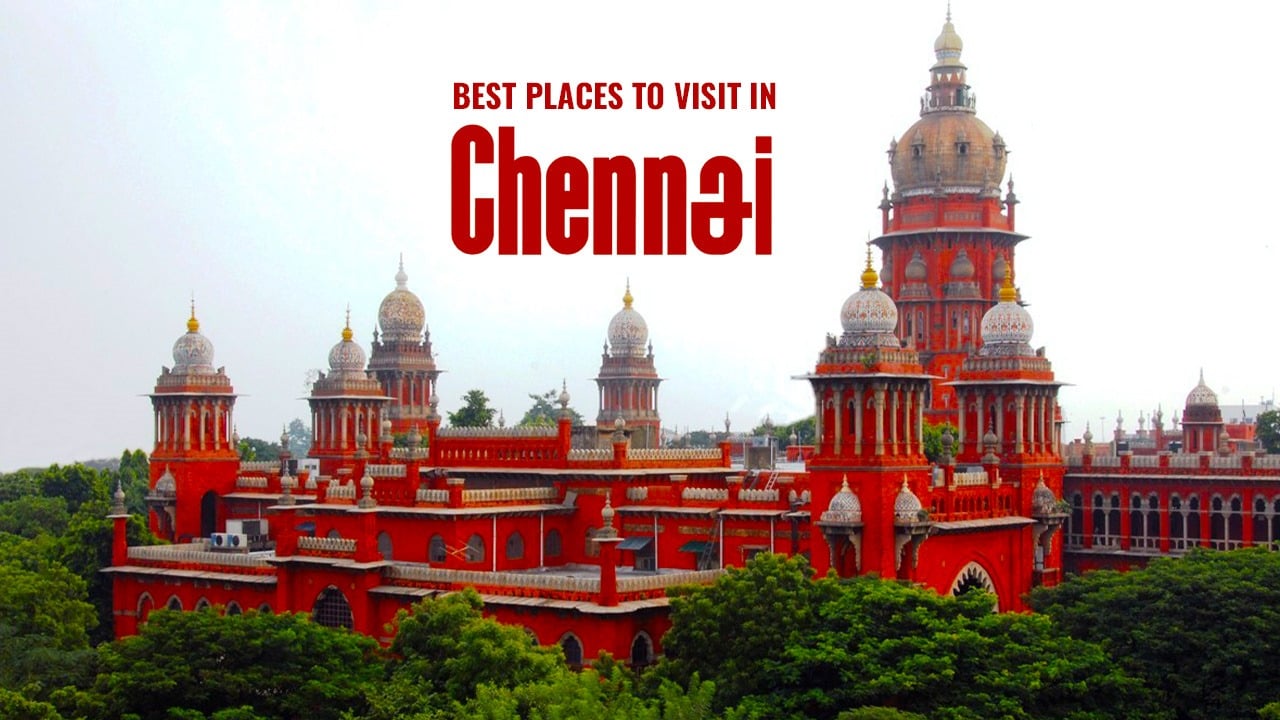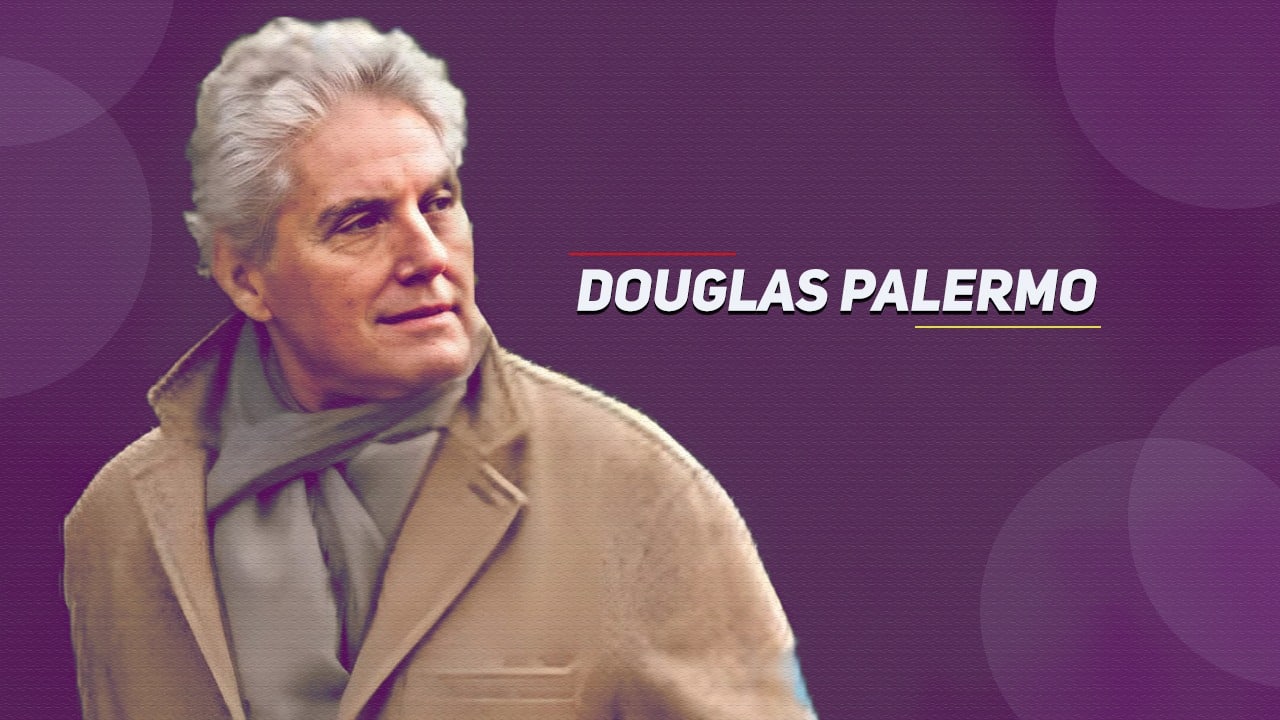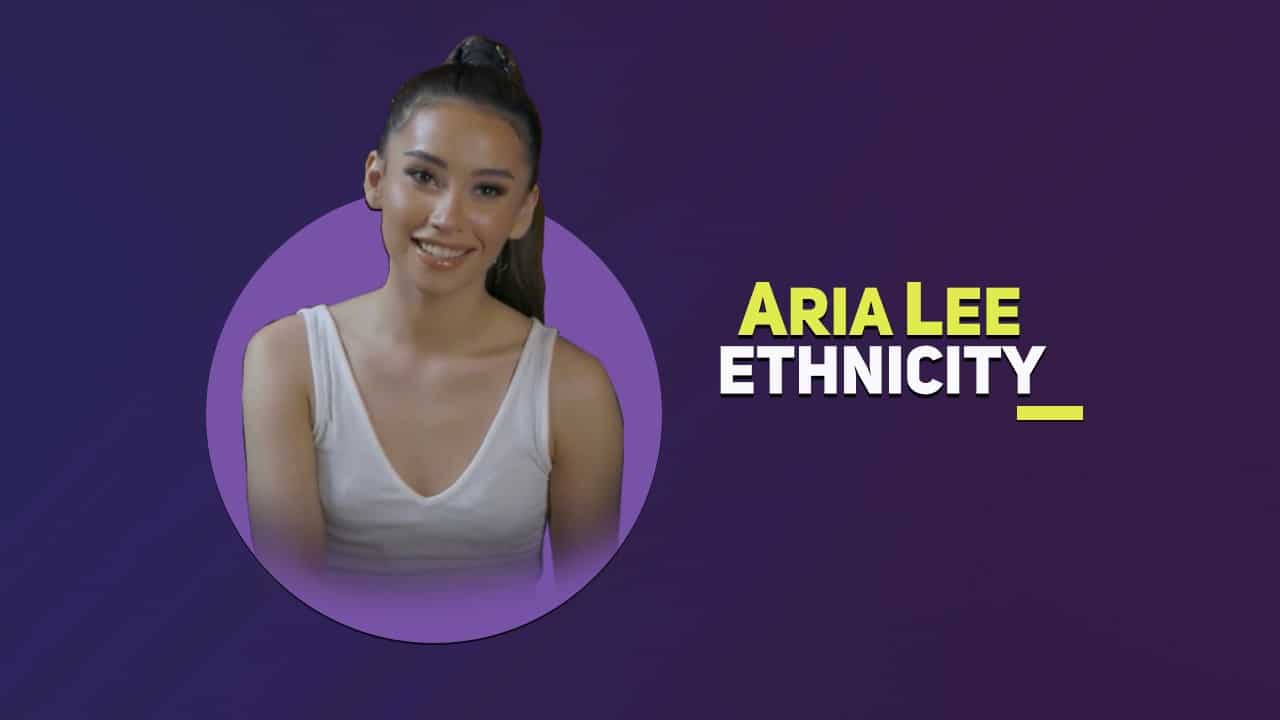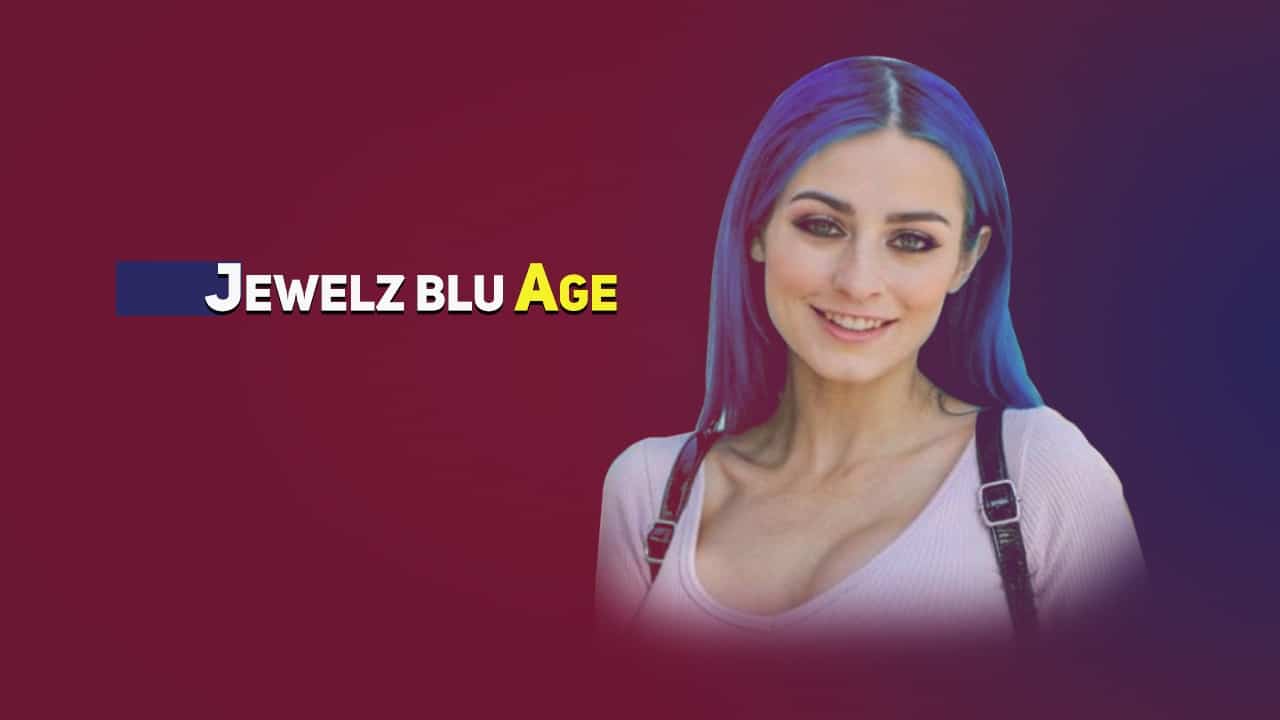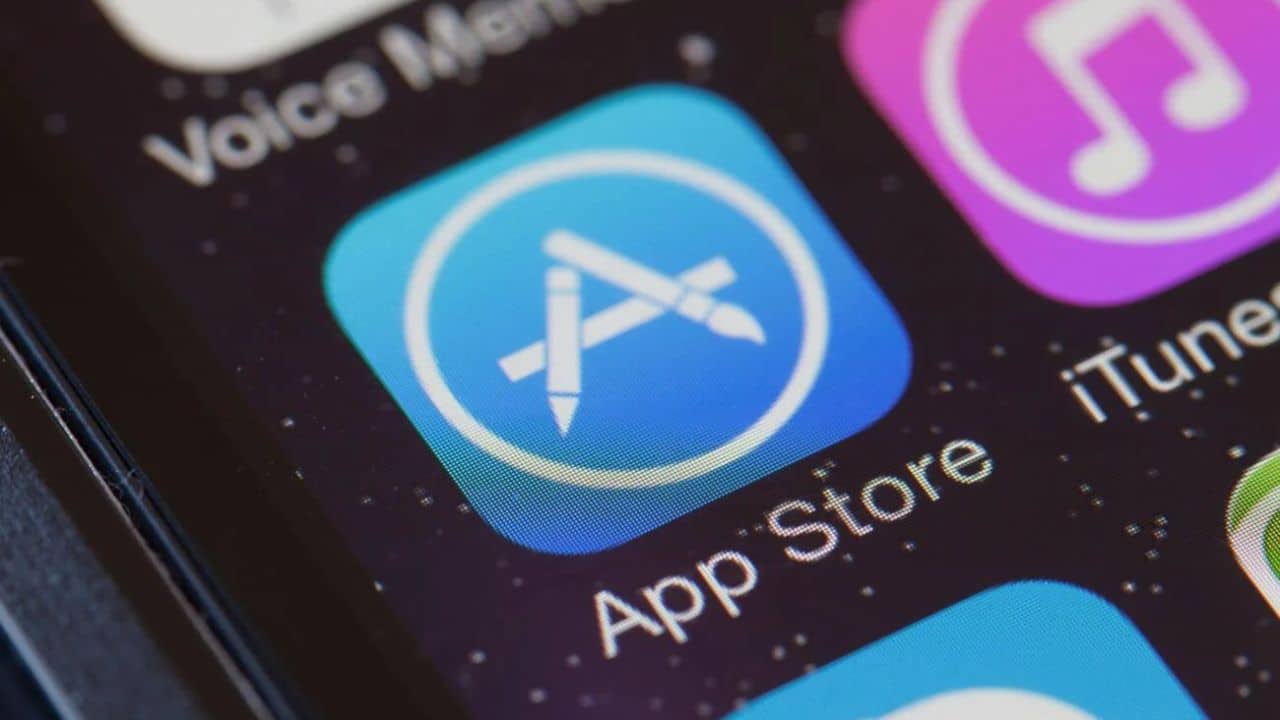Coronavirus could herald the end of the classic office. The alternatives are already looking tempting today.
You see someone who drives into town, steps into the foyer of a modern high-rise building and takes the elevator to any floor, where he then sits on sturdy carpeting under neon tubes, past the copy room and the tea kitchen, greeted by a secretary and onto a glass door behind which is his desk, behind which he holed up for the rest of the day. At least this is what the office world looked like in the service society of the 20th century; this is how it could be seen in the television series “Mad Men”, which was perhaps the greatest memorial of a living and working world in western consumer society that was just about to end: traditional roles, man drives, Quartz off cigarettes, with the street cruiser to the office in the morning.
Productivity of home workers rises by 13.5% during Coronavirus
The fact that this type of married and office life will probably finally be over after the pandemic at the latest is not due to an increased sensitivity to sexism and alienated wage labor, but in turn to capitalist striving for efficiency: Corona is just involuntarily causing the world’s largest field test on the effects of working from home. Many companies have already come to the conclusion that things are going very well overall and that there is no need to rent huge office properties in expensive downtown locations. According to a study by Stanford University, the productivity of home workers increases by 13.5 percent, the employees, it is said, are more satisfied and less sick. The consulting firm Global Workplace Analytics (GWA) calculates that a change in all jobs, that can be done from home could save $ 700 billion in home office and the associated cost of office space in the United States alone. The effect on the environment would also be enormous – according to the GWA, it would correspond to the permanent mothballing of all New York state cars.
READ MORE: How to be More Sustainable in the New Year?
Even at the beginning of the pandemic, Arch Daily, one of the most important architecture platforms on the Internet, asked whether “Corona was the beginning of the end of the office”. And maybe the pandemic really is. Of course, there will still be offices during and after this crisis – but in which work will be organized differently bit by bit: Architect Rem Koolhaas has just built an office building in Berlin for the Springer Group, where people hardly ever work in intimate small single rooms but in a kind of bright, abstract open-plan office landscape with various plateaus in a 45-meter-high glass hall through which the new internet workers drift like plankton, sometimes settle down here, sometimes chat there, send and read documents and quickly disappear again.
Home office makes the classic white-collar worker disappear
One can discuss for a long time what this change from the office to the Piazza Aperta means in all newer office buildings. For some who prefer to work in the café anyway, it may be an exemption – especially since they can bring their children and let them play in the amphitheater-like seat cushion system at the foot of the hall. For others who need peace, quiet and lockable doors, it is an imposition. And one can ask what it means when the home office makes the classic white-collar worker disappear from the center. Because the history of the city cannot be separated from the history of work.
It was only the concentration of means of production and workers in factories in industrialization that led to the growth of the modern metropolis, which was a result of the adaptation of life to the needs of the factory. This also included the abolition of the siesta, the lunch break, which for a long time determined the rhythm of the cities. The sleep researcher Roger Ekirch pointed out how industrialization first forced people to adopt unhealthy rhythms of life, to get up early and to work through, which we take for granted today.
Children no longer had to go to school early in the morning
One of the few positive effects of the pandemic was that the children no longer had to go to school early in the morning during school closings and were actually more willing to learn and more receptive than if they were normally chased to class in the mornings. Perhaps one should discuss whether starting school later would not generally make sense – and, where possible, working differently.
ALSO READ: 5 Ways to Increase Your Retirement Income
If companies give up part of their expensive space in the center, work, education and life can be rearranged there. If Corona were to actually make the classic office obsolete – and with it working in the office buildings, the drive from home to work, both of which shape our cities in their own way – what would happen to the city if it were turned into work as we know it disappears?
What if you no longer go shopping there either
And what if you no longer go shopping there either, because you do it mainly online; And what if, as cinema operators fear, you no longer go to the cinema after the crisis because Netflix has so much more to offer? Then what would a city center be – and what would we do there?
One could conclude that the technological revolution and its consequences are heading towards the greatest peaceful production of ruins in history: many post offices, shopping centers, parking garages and office buildings will soon be empty. But that doesn’t have to mean that the centers are deserted. It can also be an opportunity: the ruins left by the technological revolution, but also streets and parking lots, which are mainly intended for the organization of individual traffic from home to office and back, could be redesigned; as public parks with pools, ping pong tables, and theaters; In former office buildings, as the conversion of the Berlin “House of Statistics” already shows, small local productions as well as places for education, research and care can be built.
A life that is no longer limited to a nine-to-five rhythm
You will be able to redefine all these empty spaces and have new open spaces that encourage other ways of spending time together, raising children and living with friends outside the confines of the nuclear family. A life that is no longer limited to a nine-to-five rhythm could take place in large, open, habitable landscapes in which work, education, knowledge production and being together are organized differently. What something like this can look like can already be seen in Los Angeles today:
The future of the office is already being lived in Los Angeles. In light, natural and transparent honeycombs, a whole new feeling of work arises – alone or with others.
READ ALSO: Shop from Home: Find Food, Toiletries, and Medication Online
There, the architecture firm Selgascano has built one of the most spectacular new office and residential landscapes – a kind of tent city made of small circular buildings, between which a jungle grows. Nobody would have thought of identifying these warm yellow, glazed cells as offices, but that’s exactly what they are – and the corridors that are open to the sky here are a park, but also a kind of collective living room. The new “Second Home” project is located in East Hollywood on a 9,000 square meter property with two existing buildings, which were designed in 1964 by the legendary architect Paul Williams and which have over 200 workplaces, co-working spaces and a café Restaurant, event and conference halls and relaxation areas are located.
What the architects have built over an underground car park next door is sensational. Instead of building new offices and laboriously greening them, they built a park there with 60 oval individual offices and meeting rooms for almost 700 people. While you work here, the children can play hide and seek in the spaces between the park; the people who work here save themselves the babysitter.
Above all, Second Home shows an alternative to the open-plan office
There are four different shapes and sizes of cells, through the transparent, curved walls you can look into the green, as if you were sitting in the middle of the jungle. Above all, Second Home shows an alternative to the open-plan office: Here everyone has a cell in which they can be alone, for themselves or work with others. Together they result in a completely new form of office cubicle landscape.
SEE ALSO: When Children Scream, Most Parents React Wrongly

